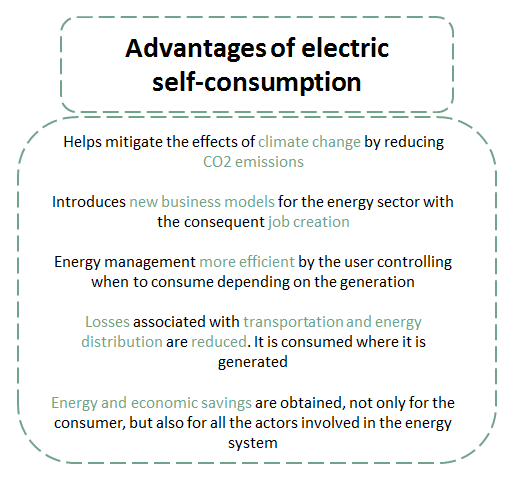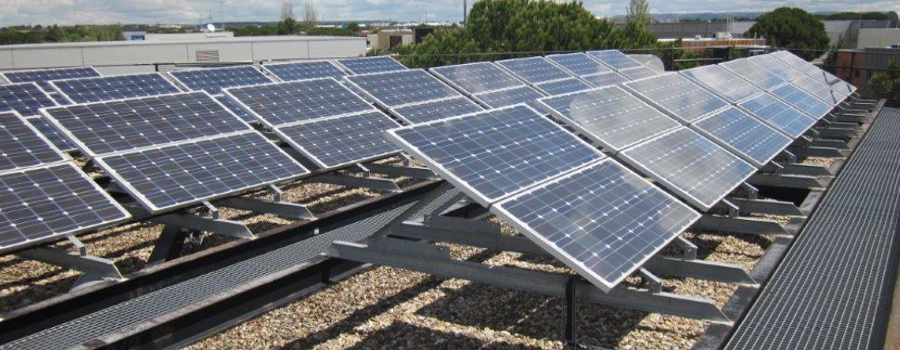This question is easy to ask, but very difficult to answer. If a person who does not know about self-consumption is informed, explaining that basically consists of putting a solar photovoltaic installation in your house and to use the energy that the sun gives us to generate the energy we use in our homes, the answer seems obvious.
In addition the energy generated is clean, since we avoid emitting CO2 to the planet and it is also free of charge. But there is nothing free in this world, everything has its price.

Surely many citizens have thought of taking the step of launching themselves to the generation of their own energy. The European Union encourages us through the recent “Clean Energy for all Europeans” initiative. This directive focused at the period 2021-2030 aims to support initiatives aimed at self-consumption so that citizens are their own energy generators.
This is where economic terms of investment and profitability appear, leading the citizen to ask oneself the first questions that may begin to discourage him.
How much does it cost to install my photovoltaic panels? How soon will I recover my initial investment? What do I do with my surplus energy? What happens in periods when there is no sun?
Firstly, we need space to place our panels. For example in Spain, 35% of the population that lives in single-family or semi-detached houses has it easy but the rest who live in flats already depends on other factors ,such as, their neighbours or space. However, in these matters where everybody is benefited, it is easier to reach an agreement.

Overcoming this stumbling block the next question is answered quickly. For an average citizen who consumes 3000 Kw / h by year, their problem could be easy resolved with an investment nearly of 6000 €. However in this case, it is necessary that our facility is connected to the grid and we can discharge the surplus to our power company or take power from the grid in case of imbalance. If we want to be totally grid isolated, the figure shoots to approximately 9000 €, because we will need batteries to store the surplus energy or be used in case of lack of sun. The investment recovery could be in the range of 10-20 years depending on the evolution of energy prices, taxes on self-consumption and other series of factors to take into account.
Nowadays in some countries like Spain, with the current regulation it is difficult to realize investments in self consumption that are efficient, due to a series of obstacles that should begin to be eliminated.
Self-consumption is not just putting photovoltaic panels on the roofs, but opens up a wide range of possibilities that should be allowed. To photovoltaic panels can be joined by other renewable sources of energy that make self-consumption become in another source of electricity generation and it is, at this moment, when new alternatives and questions appear.
Why not exchange energy with my neighbours? Why not obtain a profit from my surplus energy? Why does not my municipality generate its own electricity to supply, for example, street lighting? Will it someday be my building of zero energy or energy plus? Will I be able to charge my electric car?

Response to these issues may allow that our investment to start to be profitable but not only from the economic point of view but also social. Climate change is already a reality and everything whose aim is focused to reduce the burning of fossil fuels will be welcome.
From the self-consumption can be benefited all energy system actors, from electric companies, manufacturers of solar panels and batteries, installers, maintenance companies, engineering research centres and end users. Investment is also in the long term, the future of our planet.
All these and many other questions will have a clear answer in the coming years when the energy models change and we become aware that the past was never better.
- Are we ready for electric self-consumption? - 18 January 2018
- Is it time the take-off of electricity self-consumption? - 16 May 2017
